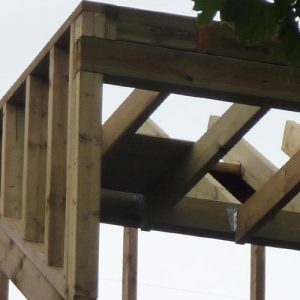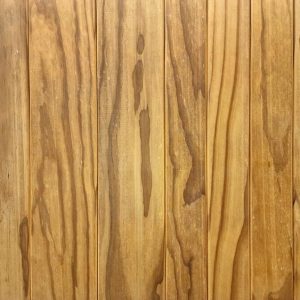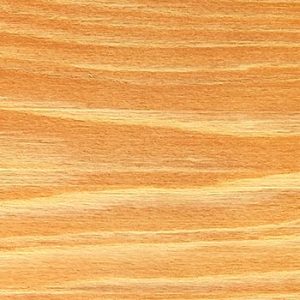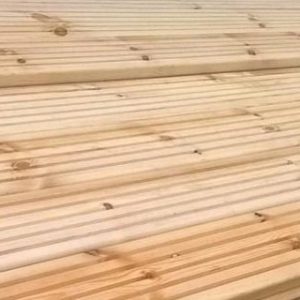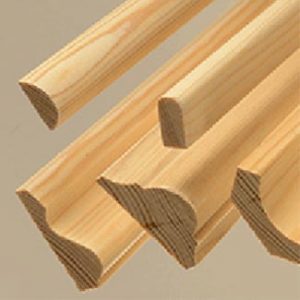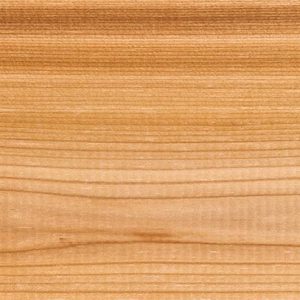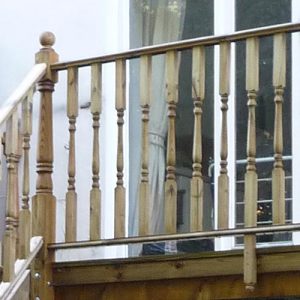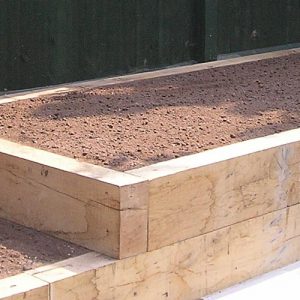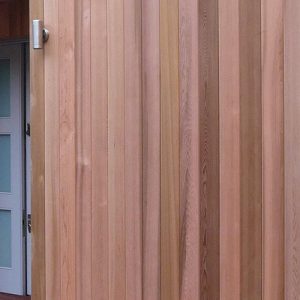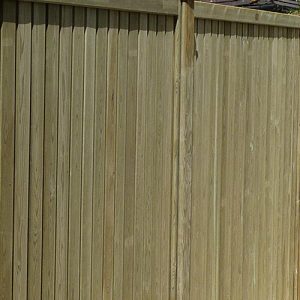Vetraland supplies quality softwoods for carcassing to joinery in a wide range of sizes. All are available as regularised timber, PAR or cut to meet your specific requirements. If we can’t meet your softwood need from stock, we’ll look to source it specially.
Softwood types
Softwood is either redwood or whitewood. Redwood, due to its grain, gives a better machined finish and is therefore graded for its visual attributes. Grading is based on size, frequency and position of the knots. These are the visible areas where branches or buds have grown from.
There are five redwood grades of timber, these being unsorted, 4th Russian, 5th Scandinavian, 6th Scandinavian and 6th Russian. Each has its own specific use — for example, unsorted is used for furniture such as tables and cabinets and is of the highest quality, and will feature very few knots.
6th Scandinavian has larger and more frequent knots, and can suffer ‘dead knots’ which fall out after a period of time and for this reason is used for garden sheds, fencing and fence posts.
6th Russian is very poor quality, and used for pallets, packaging quality timber and toilet paper.
Between these extremes, we find 4th Russian and 5th Scandinavian. Generally speaking within the timber industry,it is accepted that 4th is not quite as good as 5th — the reason being that it is less consistent and can therefore feature occasional ‘dead knots’ and some larger knots.
The uses of both grades tend to be such home items as skirting boards, window frames, softwood doors and banisters — the finishing touches.
Whitewood does not quite have the finished visual appeal of redwood, and is graded on structural strength. The grades are C16 or C24, with C24 being the strongest.
Essentially, the grading is based upon the grain pattern of the wood. The dark lines running through the timber indicate the slow winter growth, and the wood here is stronger than the light areas, which represent the faster summer growth period. Therefore, the tighter the rings – those ‘dark lines’ – the stronger the wood.
Both grades are used extensively for joists, load bearing walls, partitioning, and roof trusses.
Wood can be a source of food for decay fungi and certain species of insects, so it is important to make sure that it is treated.
There are three generally accepted methods of preserving the timber – pressure sprayed, dipping and pressure impregnation.
Our preferred method is high pressure, commonly known as tanalised/pressure treated or CCP. The raw timber is transferred into the treatment vessel, and the air is removed from both vessel and the wood. The vessel is then filled with preservative and pressurised, forcing the preservative into the timber.
This is the only system that really ensures your timber is fully preserved.
Environmental concerns
Timber is renewable, biodegradable, non-toxic, energy efficient and greenhouse gas friendly. Scientific studies show that it is the environmental material of choice as well as being one of the oldest, most versatile and natural materials known to man.
The ultimate responsibility for forest policy lies with the Govermnent and peogle of the forested countries, as they have the task of balancing environmental, economic, social and political needs. However, we believe that we have a huge responsibility to customers to base all our commercial activities on properly managed and sustainable forests.
Therefore, we do not source wood or wood products from
1. Forest areas where traditional or civil rights have been violated
2. Non FSC certified forest areas or non PEFC certified areas
3. Genetically modified (GM) trees
4. Illegally harvested wood
5. Natural forests that have been converted to plantations or non-forest use
We care about our world and trust that our customers do too!
Colour & protection
We are stockists for Osmo’s specialist wood finishes and treatments.




